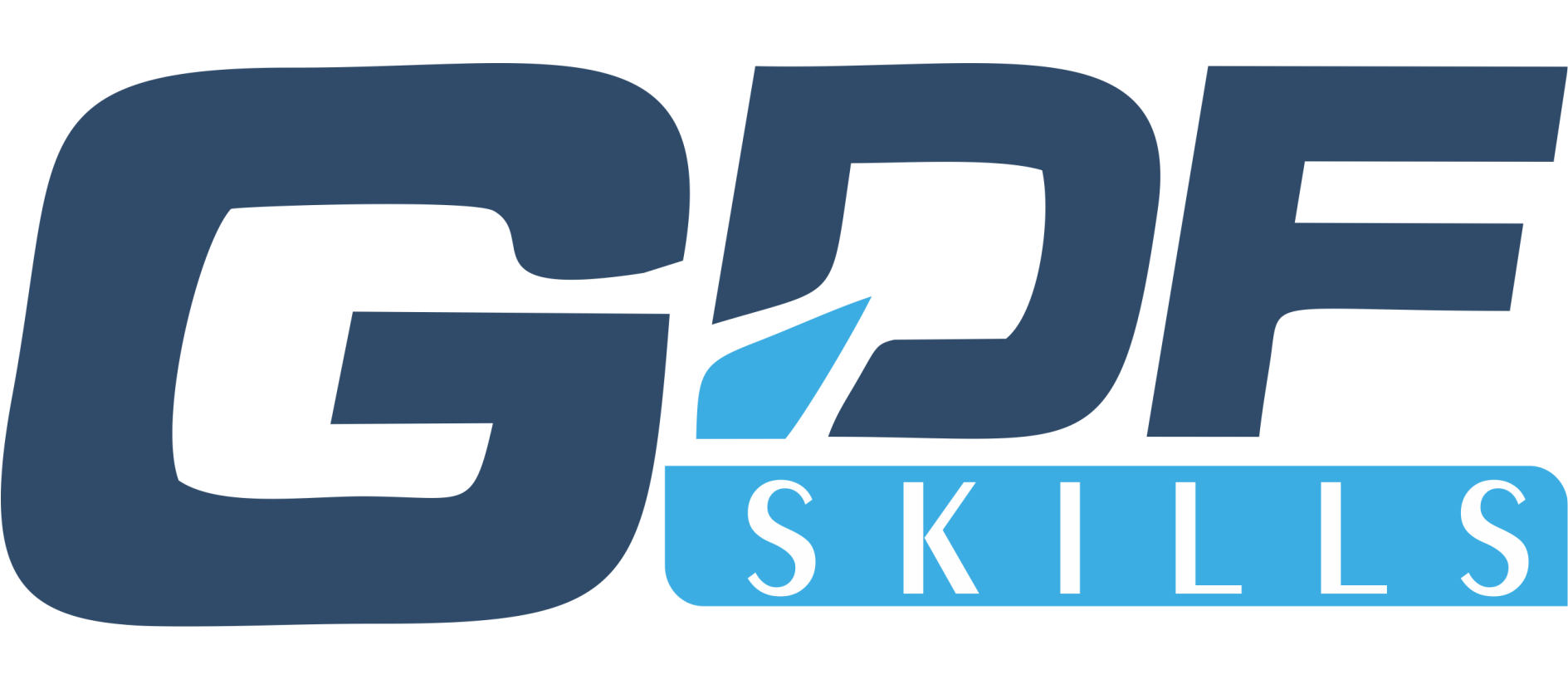GDF Editorial Mon, 05/25/2020 - 14:00
Being a Full Stack Developer is like being the 'Jack of all trades'. It not only involves front-end and back-end, but also ownership from inception to deployment of a web application. A Full Stack Developer has become the most sought-after opportunity in the software technology domain. This increasing demand for Full Stack Developers has given rise to online and in-class training programs. But before we dive into how to become a Full Stack Developer, let us first know what Full Stack Development is.
What is the role of a Full Stack Developer?
A Full Stack Web Developer is a web developer or engineer who has a good understanding of both back-end and front-end of a website or web application. He is an expert in both the ends of a website or a web application. His role includes setting up and configuring Linux or Windows servers, coding server-side APIs. Also, he works on the client-side of the application by using JavaScript, managing Databases and designing the web pages with CSS, HTML and JavaScript.
A Full Stack Developer is familiar with:
- System infrastructures like hardware and operating systems
- Front-end programming languages like HTML, CSS, JavaScript etc.
- Back-end programming languages like Ruby, PHP, Python, Java, NodeJS, etc
- Relational Database Management Systems(RDBMS) like MySQL, MongoDB, SQL, etc.
- Project management and client servicing
Following is the Full Stack Developer skillset you need
Full Stack Development involves the following three layers:
- Front-end Layer
- Back-end Layer
- Database Layer
Front-end Layer
Being skilful in languages like HTML, CSS and JavaScript is the most basic requirement for becoming a Full Stack Developer.
- HTML (Hyper Text Markup Language)
- CSS (Cascading Style Sheets)
- JavaScript
HTML is the skeleton of every web page live on the World Wide Web right now. By using HTML, you can structure and design the content by defining the different parts of a web page. The latest version of HTML, which is HTML5, can be learnt easily online.
CSS is used for styling the HTML elements. It provides thousands of styling functions which are used to design the HTML elements defined by us.
It is an interpreted scripting language used to make the web pages dynamic. All the graphics and animations that you witness on a website is done by using JavaScript.
JavaScript Frameworks
Being well-versed in the languages mentioned above is not enough. Nowadays, websites and web applications have integrated, multi-faceted and interactive UIs which pull more traffic. To have UIs like this, you must know the numerous JavaScript Frameworks and libraries like AngularJS, React.js, VueJs, Ember, NodeJs, and, jQuery etc.
Back-end Layer
- Python
- Java
- PHP
- NodeJS
It is an open-source, object-oriented, interpreted, high-level, multi-purpose programming language. It is one of the most sought-after languages of almost all software and web developers.
Java is a popular language. Java is an open-source, high-level programming language which is class-based, object-oriented, and created to have as few implementation dependencies as possible. It adapts the Write Once Run Anywhere (WORA) approach that makes it able to run on any platform.
It is an open-source, server-side scripting language used to develop the back-end logic of a web application. It is an influential tool for designing dynamic and interactive websites.
It is an open-source, JavaScript framework used precisely for creating the back-end or the server-side of a web application. Thanks to NodeJS, JavaScript can now finally run on the server-side of the web.
Database Layer
The data layer is an enormous warehouse of information. It contains a database repository which extracts and stores information from the front-end, through the back-end. You must know how data is stored, edited, retrieved, etc. A good understanding of database management systems such as MySQL, MongoDB is a must.
- MySQL
- MongoDB
It is an open-source, Relational Database Management System (RDBMS) that offers multi-user access and supports multi-storage engines.
It is famous for its ease of use and its swiftness in handling a large amount of data. It is an open-source, object-oriented, NoSQL database which is highly accessible and is useful in handling unstructured data.
Certification courses for HTML5 and Java are available at GDF.


